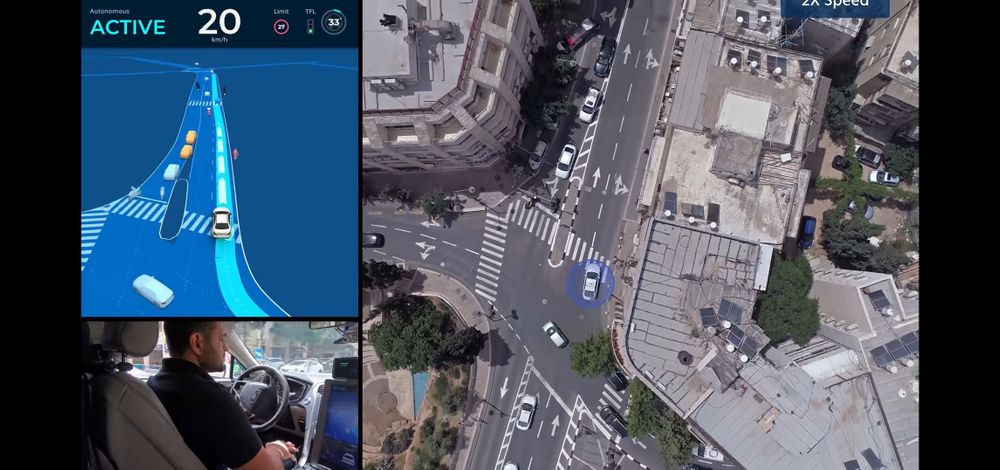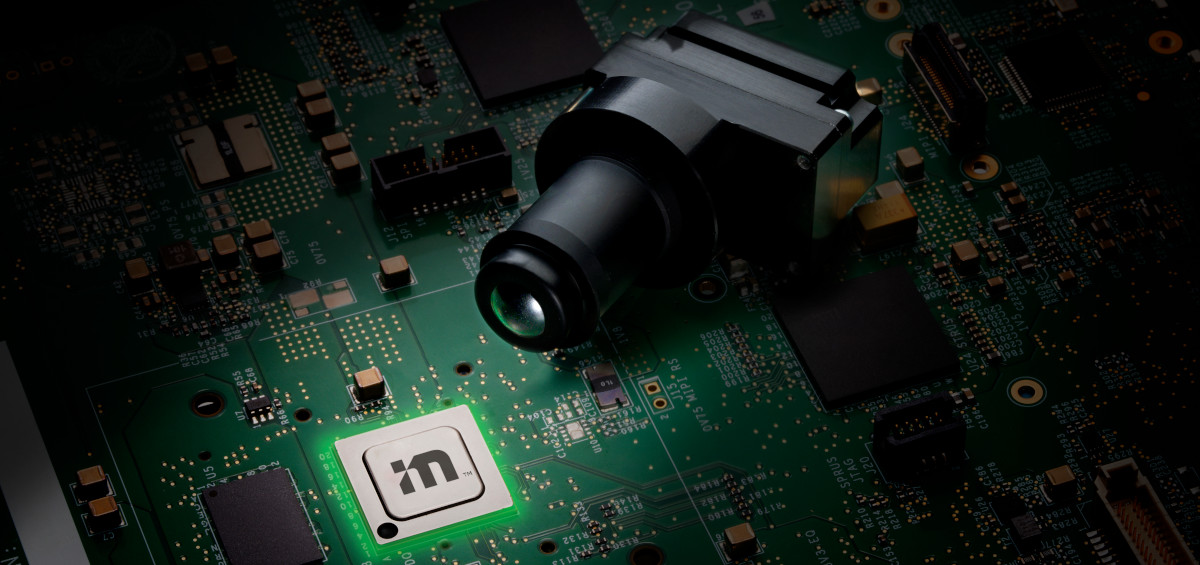news
|
October 15, 2020
EE Times Publicly Examines Mobileye’s AV Technology
Noted tech journalist Junko Yoshida scrutinizes two unedited films of Mobileye’s AV navigated the crowded streets of Jerusalem.

A screen capture from the 40-minute video showing Mobileye's autonomous vehicle driving through the streets of Jerusalem
Over the past year or so, Mobileye has released two unedited films of our AV navigating the busy streets of Jerusalem, which EE Times has dubbed us “unique” within the industry. The primary goal of these films, released (and still available) on YouTube, was to help the general public understand where our AV technology stood at the time of publication. It was also an opportunity for anyone to freely “look under the hood” and examine, on their own, how our autonomous vehicle functions under real world circumstances. While these films were well received by both the public and experts, only recently were they really put to the test when EE Times, a leading online magazine covering the electronics industry, undertook to scrutinize them, frame-by-frame, to try and understand if AV technology is really “seeing” the world as humans do.
The online magazine notes that while other companies have also released footage of their AVs traveling city streets, “[t]he trouble with these movies is that, often, some scenes are either obviously edited out or cleverly sped up.”
In an article outlining the publication's findings, respected tech journalist Junko Yoshida notes that analyzing the films is particularly important in light of Mobileye’s new agreement with Geely which, in her words, “is the first time AV software and hardware intended for self-driving vehicles are directly targeting consumer ADAS vehicles….”
The article mentions that detailed analysis of Mobileye’s video was made possible because the video included footage from three different angles, allowing comparison of the video footage with a representation of how the technology perceives the same scene. In other words, they could compare between the "real world" and the world as seen by the technology.
Its intense analysis left the EE Times impressed overall, but Yoshida does note a number of what she calls “red flags,” and so she interviews several experts in the field. They point out that these “red flags,” such as the technology’s apparent inability to distinguish between a truck and bus, are not “potential problems.”
Yoshida also interviews Mobileye CTO Shai Shalev-Shwartz, asking him about these same issues. Shai gives detailed explanations, noting, for example, that while an object may seem to “disappear” from the visualization footage, it does not disappear from the AV’s sensors. He also clarifies that the technology understands that in reality “things don’t simply disappear” and our algorithms account for that.
Yoshida concludes by expressing her appreciation that Mobileye has boldly made this kind of detailed information available for public scrutiny. For us at Mobileye, this transparency is a crucial component in AV development. We believe there is little chance of the public accepting these vehicles without first understanding how they make the decisions they make. We encourage all those developing AVs to take up this challenge, which we believe is a critical step toward bringing AVs onto our streets.
Share article
Press Contacts
Contact our PR team








